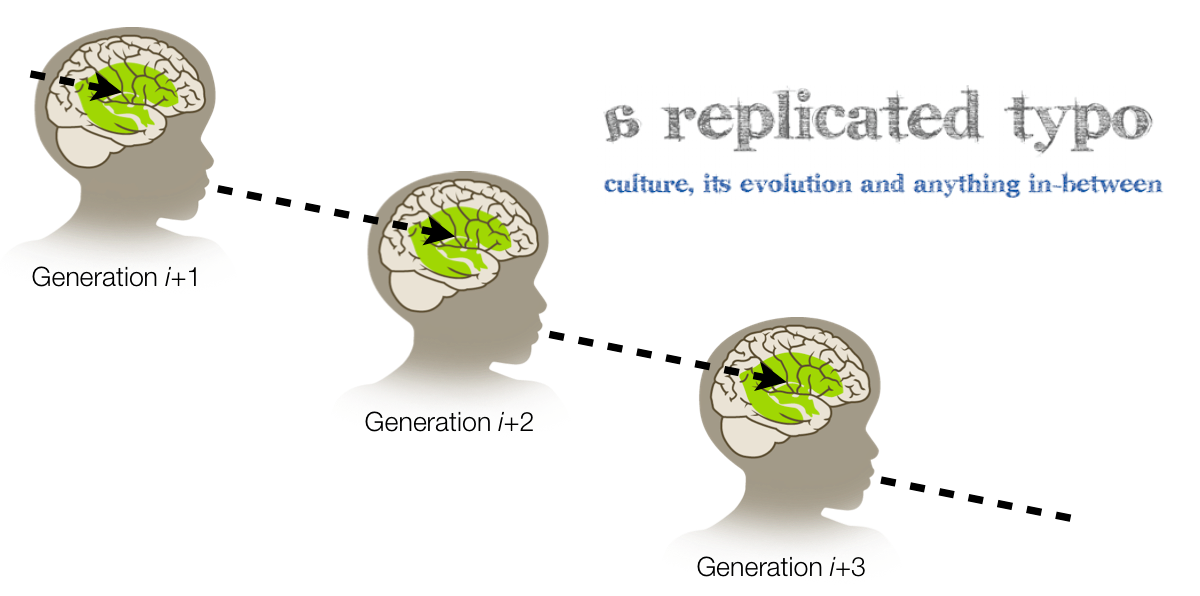![]() For some time now, evolutionary biologists have used phylogenetics. It is a well-established, powerful set of tools that allow us to test evolutionary hypotheses. More recently, however, these methods are being imported to analyse linguistic and cultural phenomena. For instance, the use of phylogenetics has led to observations that languages evolve in punctuational bursts, explored the role of population movements, and investigated the descent of Acheulean handaxes. I’ve followed the developments in linguistics with particular interest; after all, tracing the ephemeral nature of language is a daunting task. The first obvious road block is that prior to the invention of writing, the uptake of which is limited in geography and history, language leaves no archaeological record for linguists to examine. One particular note I’d like to make is that when Charles Darwin first formulated his theory of natural selection, he took inspiration from linguistic family trees as the basis for his sketch on the evolutionary tree of life. So it seems rather appropriate that phylogenetic approaches are now being used to inform our knowledge regarding linguistic evolution.
For some time now, evolutionary biologists have used phylogenetics. It is a well-established, powerful set of tools that allow us to test evolutionary hypotheses. More recently, however, these methods are being imported to analyse linguistic and cultural phenomena. For instance, the use of phylogenetics has led to observations that languages evolve in punctuational bursts, explored the role of population movements, and investigated the descent of Acheulean handaxes. I’ve followed the developments in linguistics with particular interest; after all, tracing the ephemeral nature of language is a daunting task. The first obvious road block is that prior to the invention of writing, the uptake of which is limited in geography and history, language leaves no archaeological record for linguists to examine. One particular note I’d like to make is that when Charles Darwin first formulated his theory of natural selection, he took inspiration from linguistic family trees as the basis for his sketch on the evolutionary tree of life. So it seems rather appropriate that phylogenetic approaches are now being used to inform our knowledge regarding linguistic evolution.
Continue reading “Phylogenetics, Cultural Evolution and Horizontal Transmission”
